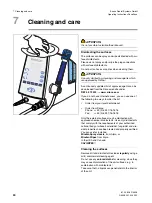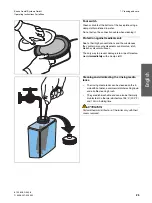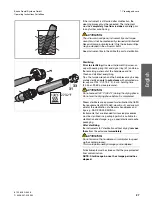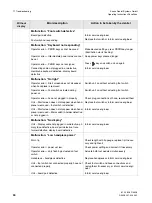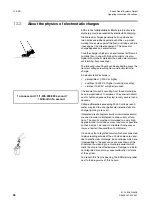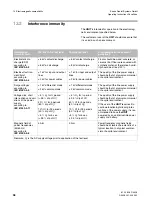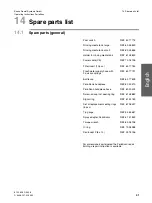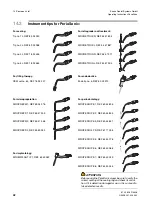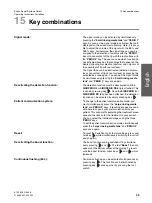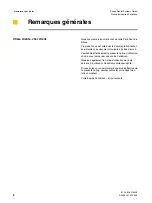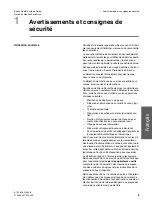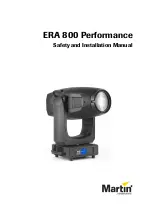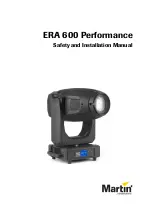
12 ESD
Sirona Dental Systems GmbH
Operating Instructions PerioScan
61 29 626 D 3496
36
D 3496.201.02.05.02
12.2
About the physics of electrostatic charges
ESD stands for
E
lectro
S
tatic
D
ischarge. Electrostatic
discharge must be preceded by electrostatic charging.
Static electric charges generally build up whenever
two bodies are rubbed against each other, e.g. when
walking (shoe soles against the floor) or driving a vehicle
(tires against the street pavement). The amount of
charge depends on several factors:
Thus the charge is higher in an environment with low air
humidity than in one with high air humidity; it is also
higher with synthetic materials than with natural materi-
als (clothing, floor coverings).
The following rule of thumb can be applied to assess the
transient voltages resulting from an electrostatic dis-
charge.
An electrostatic discharge is:
•
perceptible at 3,000 V or higher
•
audible at 5,000 V or higher (cracking, crackling)
•
visible at 10,000 V or higher (arc-over)
The transient currents resulting from these discharges
have a magnitude of 10 amperes. They are not hazard-
ous for humans because they last for only several nano-
seconds.
Voltage differentials exceeding 30,000 volts per centi-
meter may lead to a charge transfer (electrostatic dis-
charge, lightning, arc-over).
Integrated circuits (logical circuits and microprocessors)
are used in order to implement a wide variety of func-
tions. The circuits must be miniaturized to a very high
degree in order to include as many functions as possible
on these chips. This leads to structure thicknesses as
low as a few ten thousandths of a millimeter.
It is obvious that integrated circuits which are connected
to plugs leading outside of the unit via cables are sensi-
tive to electrostatic discharge. Even voltages which are
imperceptible to the user can cause breakdown of the
structures, thus leading to a discharge current which
melts the chip in the affected areas. Damage to individ-
ual integrated circuits may cause malfunction or failure
of the system.
To prevent this from happening, the ESD warning label
next to the plug warns of this hazard.
1 nanosecond = 1/1,000,000,000 second =
1 billionth of a second



